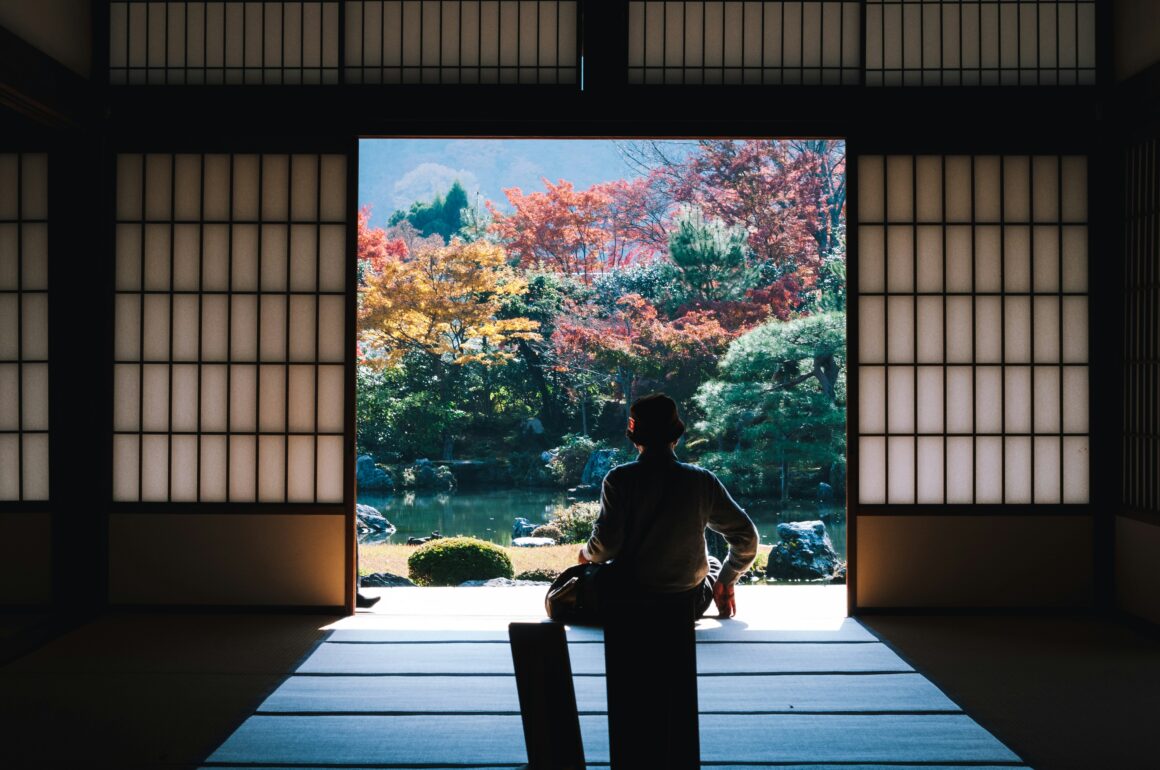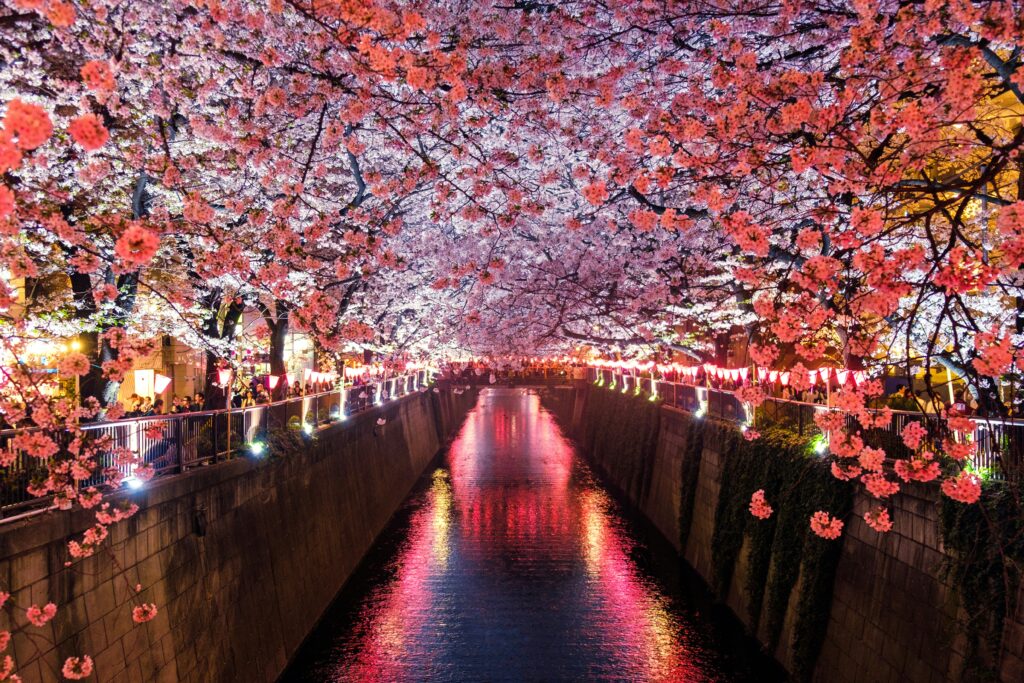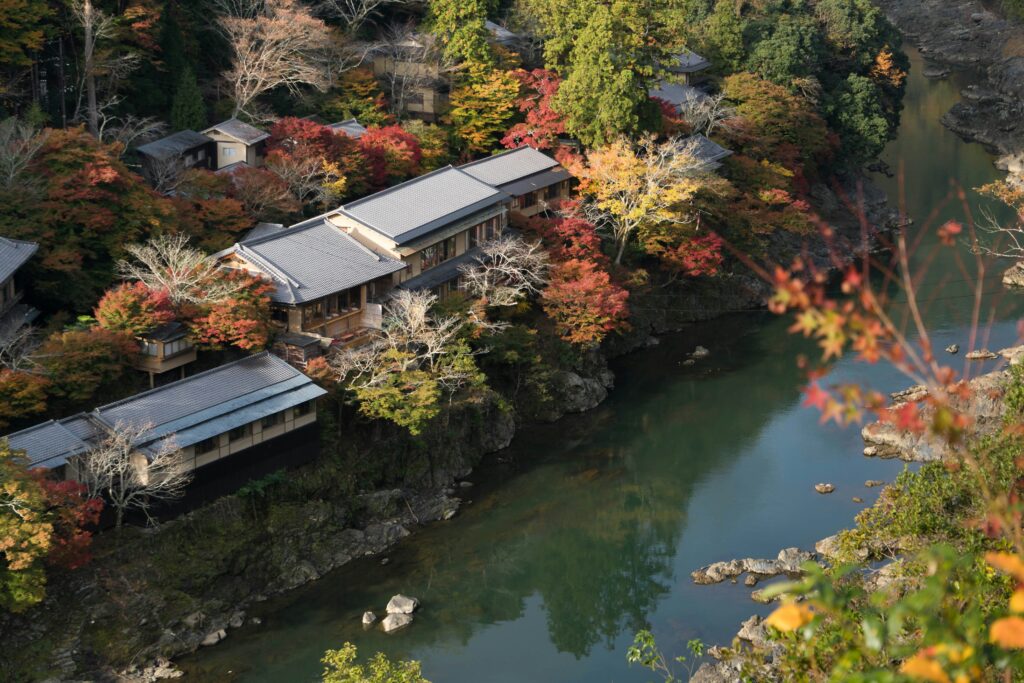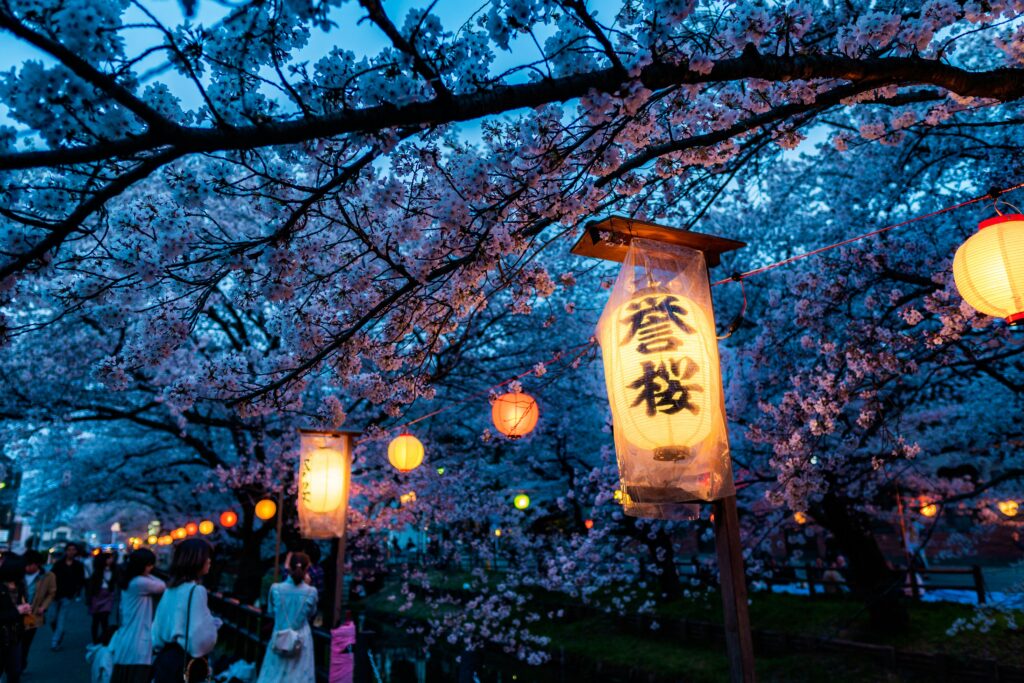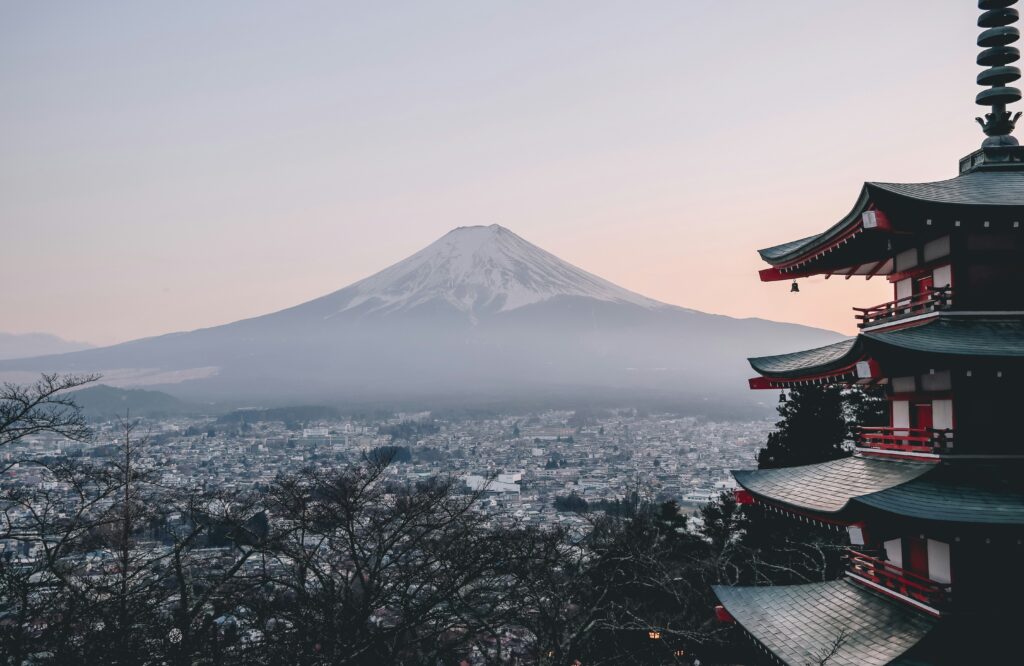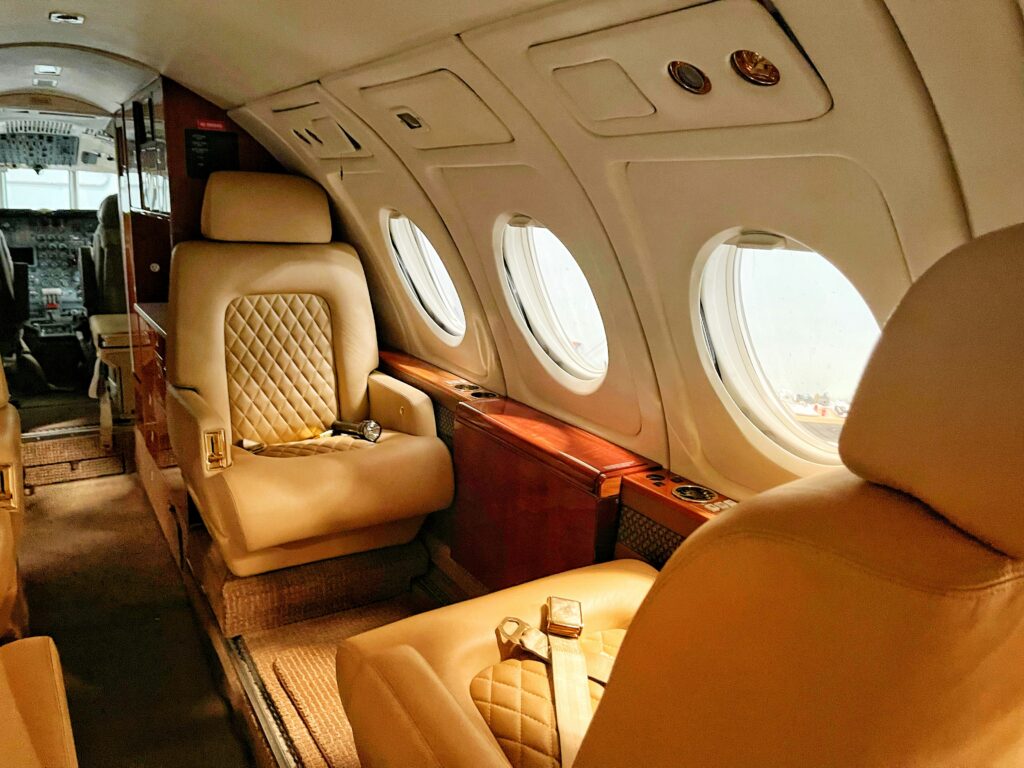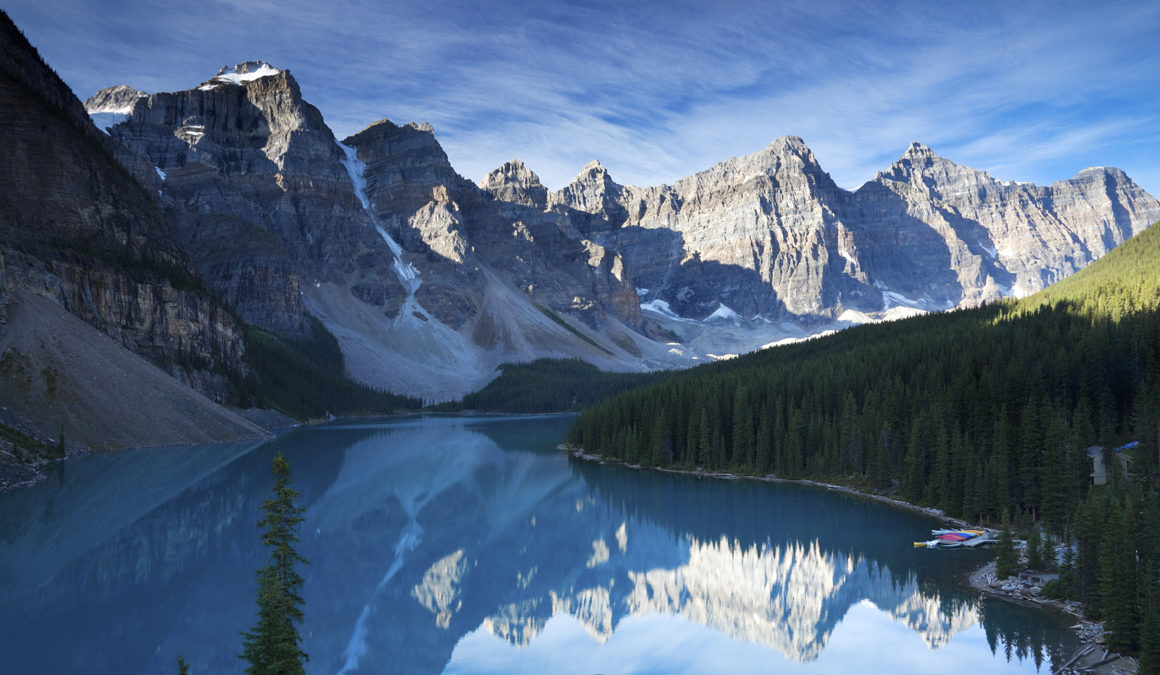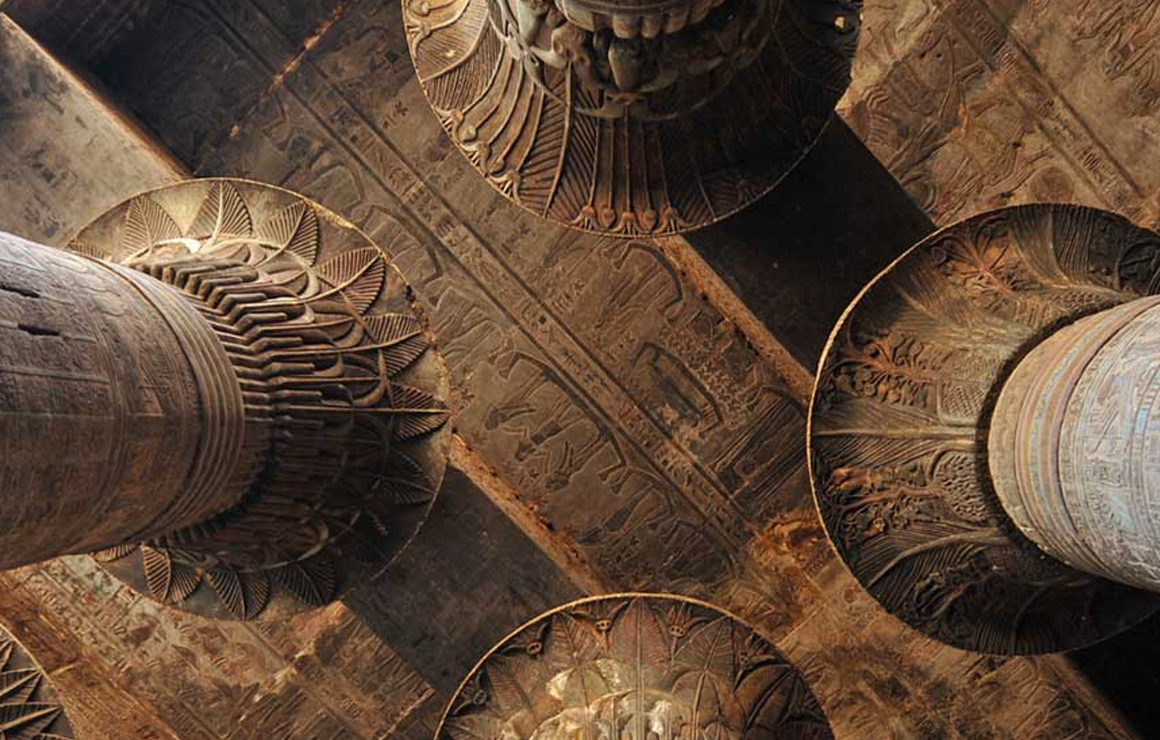Rome, Florence, Tuscany and Venice. Known for its soaring frescos, delectable gelato, rolling vineyards and la dolche vita, there’s noting quite as thrilling and decadent as a luxury vacation to Italy. We invite you to join us on an indulgent 12-Day guided tour showcasing this sensational country at its finest and made even more exceptional by your Travel Concierge.
We spoke with Elena, a Luxury Gold Travel Concierge since the brands inception in 2011 and an Italy expert. She tells us more about going above and beyond to make your Ultimate Italy journey incredible.
“To me Luxury travel means superlative. Exclusive. Absolute perfection,” explains Elena. “Every time, I go above and beyond for all the guests. I take care of them, and I do it with passion and sincerity.”
For travel inspiration read our Italy destination guide
Benvenuto Italy
Your Ultimate Italy small group journey starts in Rome – The Eternal City. The Vatican Museums, Roman Forum and Colosseum take center stage, combined with free time to soak up the delight of Italy’s capital in your own way. The five star Palazzo Montemartini is perfectly located in the heart of the city, for you to explore at your own pace. You’ll spend two nights here before travelling to the ill-fated city of Pompei.
Once you arrive your Travel Concierge is by your side to help you settle in. Fluent in the local language and an expert in your destination, Elena helps guests make the most of their luxury vacation to Italy with her little black book of contacts and restaurant suggestions galore.
Discover this on: Ultimate Italy
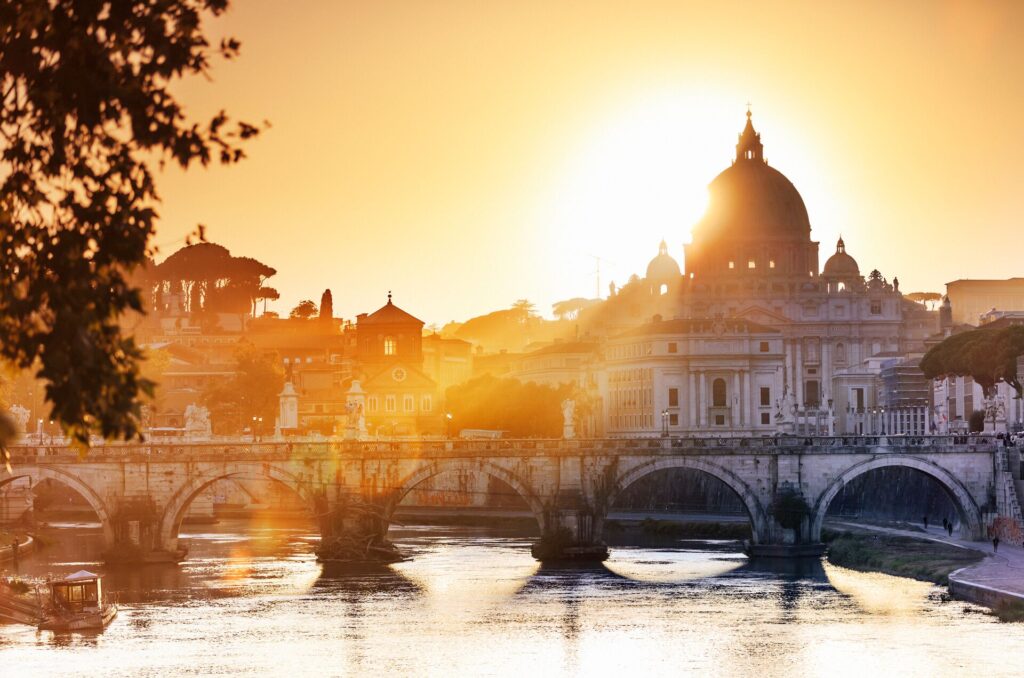
Exceptional service means personal service
More than a master of logistics, to be a Travel Concierge is to go above and beyond for all the guests. Elena explains that taking time to get to know each guest personally is the secret. “When I know somebody is really interested in something, then I can really see an opportunity that will make their magical moment for them.
“I recall a couple that were celebrating their 50th anniversary on one of my tours. They never asked me anything, but I knew it was their anniversary so, I arranged for a surprise during our Michelin-starred lunch on the Isle of Capri. The best part was that the waiters came out with all sorts of instruments when we presented them with a cake, candles and Champagne, and they just had a marvelous time, lots of fun.”
You may also like: Sunshine on a plate: Travel Concierge Dom on his love of Iberia
Michelin-starred dining on the Isle of Dreams
With expectational dining a hallmark of every Luxury Gold journey, Michelin-starred dining on the Isle of Dreams, Capri, is one of the highlights of Ultimate Italy. This sun-drenched isle is the epitome of the celebrity lifestyle, and lunch at Le Monzù offers both sensational cuisine and spectacular views on your luxury vacation to Italy. With your Travel concierge ensuring each moment is seamless, you’ll arrive by open-top taxi and enjoy a private cruise showcasing Capri’s dramatic coastline, winding your way through hidden coves and visiting the famous White Grotto.
You may also enjoy reading: These Are Our 15 Favorite Michelin Star Restaurants in Italy
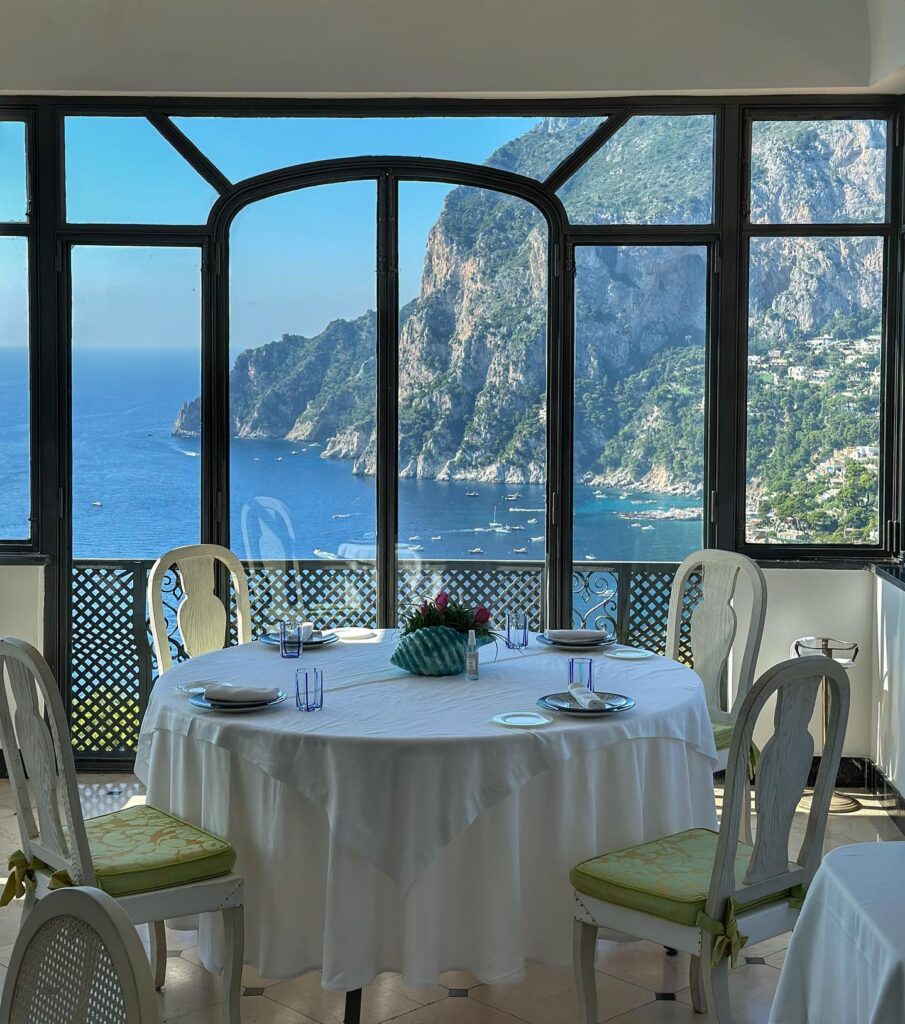
Photo credit: @lemonzurestaurant on Instagram
Get into the heart of rural Italy
Away from the shining cities, Italy’s rural landscapes and communities are very special. In Umbria personalize your day – be guided through the incredible frescos at the Basilica of St. Francis with a local historian view. Or, with the help of a local gourmand, learn the roots of Umbrian cuisine. Elena is on hand to help guests choose, finding out their preferences and suggesting the perfect fit.
In Perugia enjoy a special a MAKE TRAVEL MATTER® Experience and meet fourth-generation weaver Marta, who shares the art of medieval Umbrian tradition of loom-weaving. And in San Gimigiano, enjoy a private wine tasting tour with the owners of Guardastelle Estate and indulge in sensational gelato with World Champion Gelato maestro, Sergio Dondoli.
Bookmark for later: This Little Gelateria in San Gimignano May Just Serve The Best Gelato in All of Italy
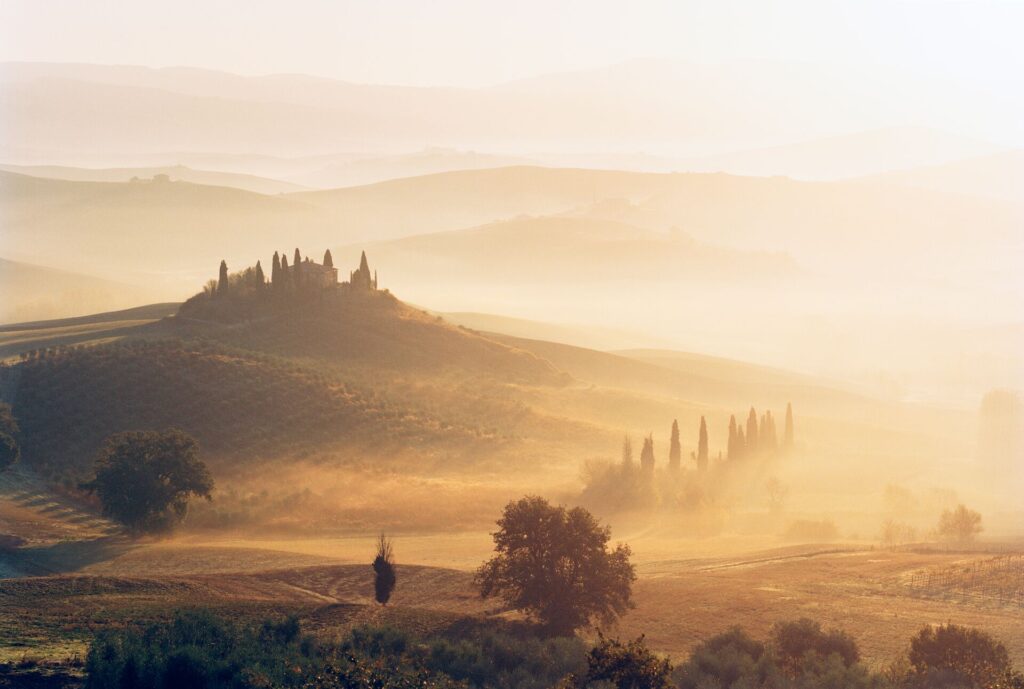
Special surprises
“One of the best parts of our job is the fact that we can be so creative,” says Elena. “Each time we can personalize flourishes and surprises according to the guests that we have on our trip, or to the place where we are. It can be some chocolates delivered to the room, or maybe a special cake.
“Sometimes we can offer it to them in an informal but thoughtful way and that makes it just so special. Or we can go to the other end, because Luxury Gold is a high-end product, and we can offer something really exclusive. So, we are always making memorable moments.”

Foodie heaven in Florence and Pisa
As well as soaking up the main sights, your two days in Florence and Pisa are a gourmet delight. There’s no better way to get to the heart of Italy than through the cuisine.
You’ll have opportunity to explore Florence’s markets and gourmet stores with a local food expert, and take a foraging trip for truffles, guided by an expert truffle dog. You’ll also learn from a professional Italian chef how to roll pasta by hand. With opportunities to choose where you dine, Elena is on hand with suggestions for restaurants and dining experiences for every preference. She’ll also take care of any transport booking or guide you to your destination.
You may also like: Exploring the World’s Most Renowned Truffle Regions
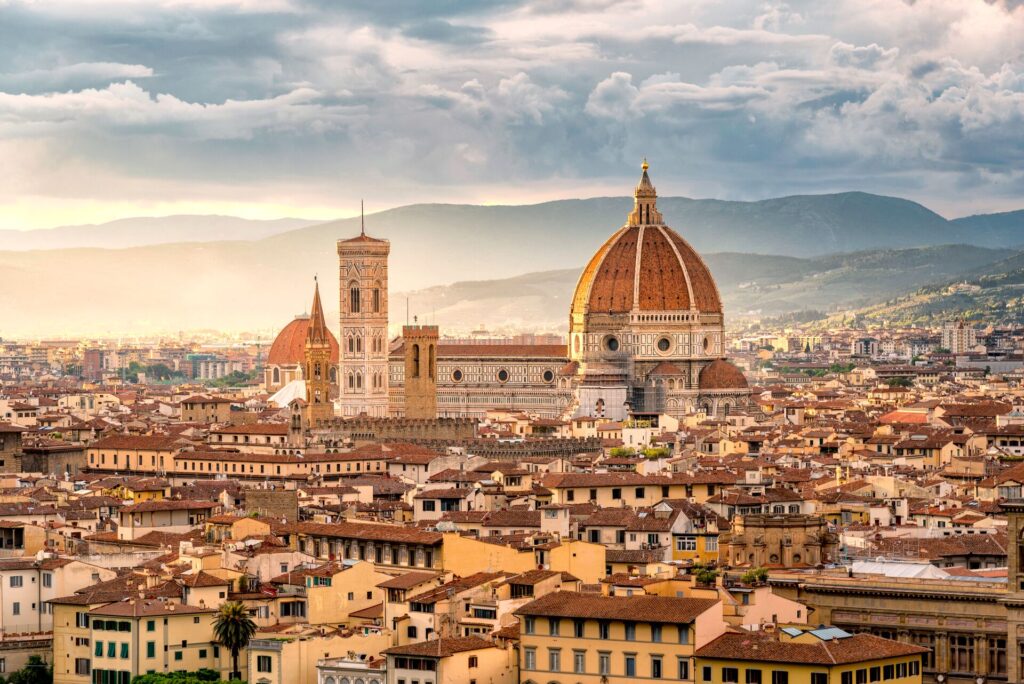
The glitz of the Cinque Terra and VIP Venice
Your 12-day luxury vacation in Italy finishes up with a visit to the cliffside town of the picturesque UNESCO-listed Cinque Terra before the grand VIP finale, Venice. You’ll arrive by water taxi to your luxury hotel the Palazzo Nani Venice, and step behind the velvet ropes of Doges Palace for a private, after-hours tour. Ancient glassblowing and a serenaded gondola ride are just some of the delights in store, of course paired with delicious dining as you finish your journey in style.
You may be interested to read: 100% Meaningful, 100% Memorable: Why Every Luxury Gold Journey Matters
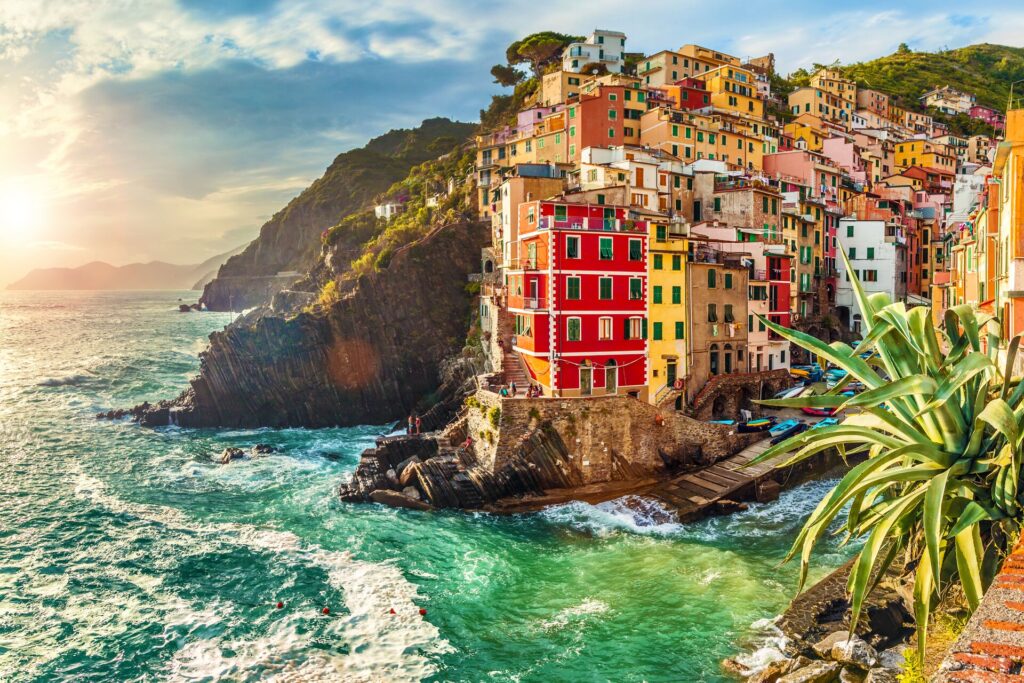
The secret to making guests feel extra special?
“Above and beyond the everyday care of each guest, I listen to them and try to understand their interests,” says Elena. “One of the questions that I always ask on the first day when I’m meeting my guests is ‘what is the reason for having chosen this trip?’ And this is the moment where I can get the most incredible stories, which in turn enable me to personalize their journey. Sometimes they’re coming back to their roots, sometimes it’s a special occasion. Sometimes they’ve overcoming some difficult times so it’s a moment of joy, and sometimes it’s just a treat and they just want to explore exquisite destinations in the most luxurious way.”
Discover Italy in luxury style on our Ultimate Italy small group journey




